.webp)
Bada Bagh, literally meaning the “Big Garden” in Hindi, is among Jaisalmer’s most haunted and historically rich tourist places. This huge complex is located about 6 kms north of the Golden City of Jaisalmer, Rajasthan, India, is not your average beautiful green garden of today. The place is a magnificent, tranquil desert necropolis that commemorates the Bhatti dynasty, the erstwhile rulers of Jaisalmer. Exploring Bada Bagh is a way of exposing one to a dramatic visual and historic narrative against an unforgiving yet magnificent Thar Backdrop. It is something that should not be missed by any individual with a keen interest in Rajasthani history, architecture or photography.
About Bada Bagh –
Principally, Bada Bagh is a collection of royal chhatris or memorial graves that were built in honour of the Maharawals or kings and other distinguished members of Jaisalmer’s Bhatti royal dynasty. These are unusual domed pavilions with square or hexagonal bases, common in traditional Rajput architecture. They are totally carved from local yellow sandstone, which happens to be the same stone used to give Jaisalmer Fort its golden honey tint, especially under the desert sun.
These cenotaphs lie in rows up the small hillside, overlooking a once-green oasis in the dry countryside. The architectural styles reflect the region’s rich craftsmanship, with elaborate carvings, elegant domes and pillars. Each chhatri is unique, varying in size to accommodate the deceased’s status and usually contains a marble slab with inscriptions that document the life of the royal, including a symbolic carving, most often a man on a horse, representing the monarch. While the whole traditional garden element is rather less striking these days, the open design and dramatic positioning of the golden chhatris against the endless sky.
History of Bada Bagh –
Beginning from the 16th century CE, Bada Bagh’s history is intricately tied up with Jaisalmer’s royal lineage. This structure was built by Maharawal Jait Singh II, an ancestor of the city’s founder, Maharawal Jaisal Singh.
Jait Singh II commenced the project not for a grave, but for an ambitious work of infrastructure – a huge water dam, known as the Jait Bandh. The dam was raised to conserve rainfall, producing a reservoir, Jaitsar Tank, which made quite a difference in the landscape. The dam allowed fruits and crops, and a mango plantation was grown, therefore turning a desolate tract of desert land into a fruitful one – the original “Big Garden.” It is here that this excellent feat of engineering, combined with the good it brought to the community, is considered one of Maharawal Jait Singh II’s major achievements.
After he died, his son Lunkaran, who ruled from 1530 to 1551, built the first chhatri on the spot overlooking the dam and the newly developed garden. This established a tradition in the Bhatti dynasty, and over time, the site became the royal cremation yard and chhatri complex. Each subsequent death of a ruler and prominent member of the royal family in Jaisalmer led to the addition of one more chhatri, each one unique, according to the individual’s life and rule.
The ritual endured for centuries, into the 20th century. The last chhatri commissioned was for Maharawal Jawahir Singh. Following his death, his son, the next Maharawal, died within a year of assuming the throne. This early death was tragically interpreted as a terrible portent for the place, prompting the irreversible abandonment of any future cenotaph building at Bada Bagh following Indian independence in 194. The halt to work freezes the place in time, leaving the final cenotaph as a melancholy.
Places to visit near Bada Bagh –
Jaisalmer Fort is a UNESCO World Heritage Site, one of the few living forts in the world, with thousands of people inhabiting it. Its mammoth yellow-sandstone walls are breathtaking against the calm memorial at Bada Bagh.
Patwon ki Haveli is a cluster of five sumptuous houses that lie in the city of Jaisalmer and is known for its elaborate façade and excellent architecture, showcasing the opulence of Jaisalmer’s previous merchant class.
Vyas Chhatri, ascribed to the sage Vyasa, is closer to the town of Jaisalmer. It’s a famous sunset point.
Amar Sagar Lake is surrounded by an exquisitely carved pavilion. Though the lake is often dry, the surroundings are scenic and serene.
Lodhurva was the capital of the Bhatti dynasty before Jaisalmer and is known for its beautiful Jain Temple.
Places to eat near Bada Bagh –
Bada Bagh is around 6 km away from the main city, on the way to Ramgarh, so dining options found in its vicinity are small, local shops or tea stalls. Most people schedule their meals either before or after visiting this place.
Restaurants near Jaisalmer Fort – Several rooftop restaurants offer stunning views of the fort, while serving authentic Rajasthani food like Dal Baati Churma, Gatte ki Sabji, among other Continental cuisines.
Roadside dhabas – For a more local and quick lunch, the highway back to Jaisalmer or towards Ramgarh may contain a few small dhabas that provide basic Indian meals and snacks.
Hotel dining – Several good hotels and guesthouses in Jaisalmer have on-site restaurants open to non-residents, serving a wide range of foods in high quality.
Best time for photography at Bada Bagh –
Sunrise or the Golden hour, is perhaps the best time to shoot. The soft golden light of early morning, as the sun rises high in the sky over the chhatris, converts the yellow sandstone into a profound and dazzling gold. Early mornings have the added advantage of less crowding.
Late afternoon and sunset are the most famous times to visit. The setting sun offers long, dramatic shadows and illuminates the entire complex in a flaming, golden-orange tint. The entire experience of a sunset from the top of the cenotaph complex, with the Jaisalmer Fort visible over a distance, is unforgettable.
Conclusion –
Bada Bagh is a magnificent testimony to Jaisalmer’s royal family in terms of historical and architectural achievement. More than just an assortment of cenotaphs, it has a tale that captures royal succession, ambitious desert engineering and the tragic demise of the ancient culture. The eternal beauty photographed during sunrise and sunset hours ensures that the “Big Garden” will always be a timeless spiritual and photographic destination.

Gulab Bagh And Zoo, Udaipur
.webp)
Bagore ki Haveli, Udaipur
.webp)
Eklingji Temple, Udaipur
.webp)
Bada Bagh, Jaisalmer
.webp)
Patwon ki Haveli Jaisalmer
.webp)
Jaisalmer War Museum
.webp)
Nathmal ji ki Haveli Jaisalmer
.webp)
Gadsisar Lake Jaisalmer
.webp)
Sisodia Rani ka Bagh Jaipur

Sisodia Rani ka Bagh Jaipur

Gadsisar Lake Jaisalmer

Nathmal ji ki Haveli Jaisalmer
.webp)
Desert Festival Jaisalmer – Music, Dance & Culture
.webp)
Rajasthan Festival Calendar: Your Guide to Celebrations
.webp)
A Food Lover’s Guide to Rajasthan: What to Eat & Where
.webp)
Forts & Palaces of Rajasthan You Cannot Miss
.webp)
National Parks and Wildlife Sanctuaries in Rajasthan
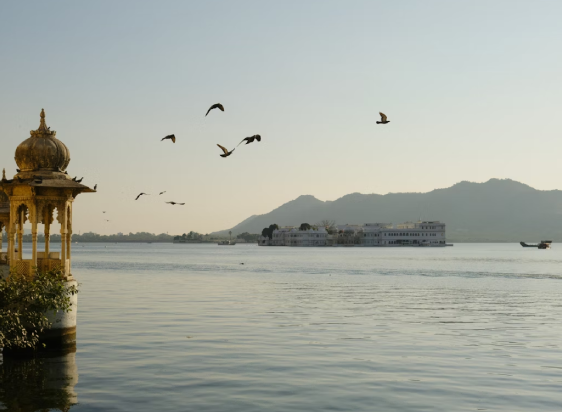
City Palace Udaipur Travel Guide: Timings, Tickets, History & Photography Spots
.webp)
Explore India’s Heritage in 3 Days: Golden Triangle Tour Itinerary

Golden Triangle Tour: 4 Days of History, Culture, and Adventure
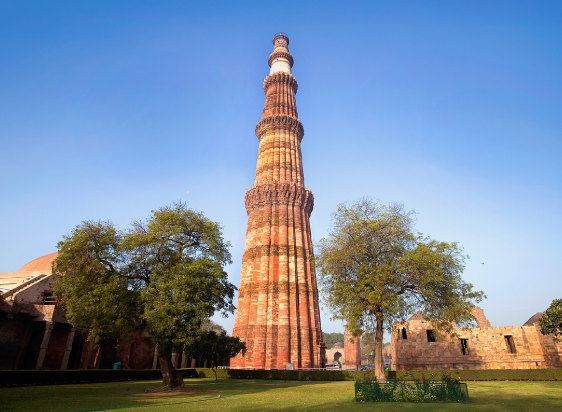
Maximize Your Experience: 5-Day Golden Triangle Tour Package Highlights
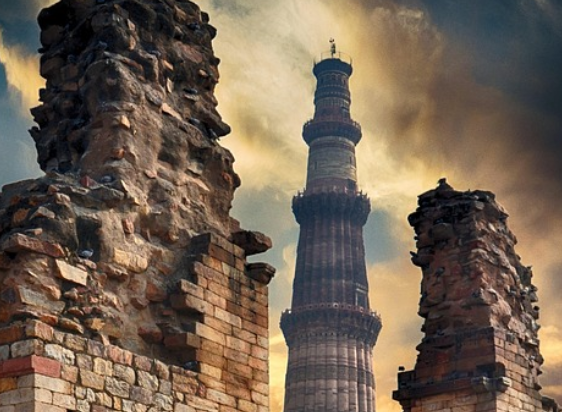
The Ultimate 6-Day Golden Triangle Tour: From Monuments to Markets
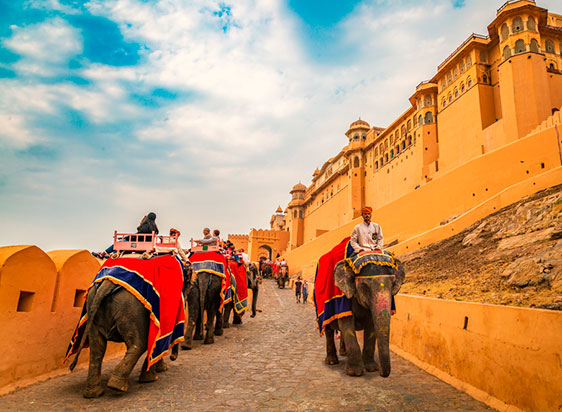
10 must-see places in Jaipur
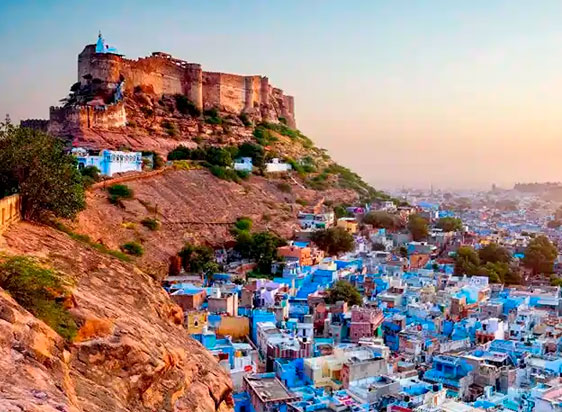
10 must-see places in Jodhpur
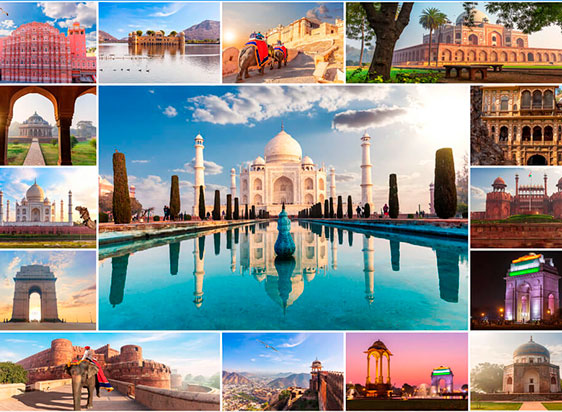
10 Must-See Places in India

10 must-see places in Jaisalmer
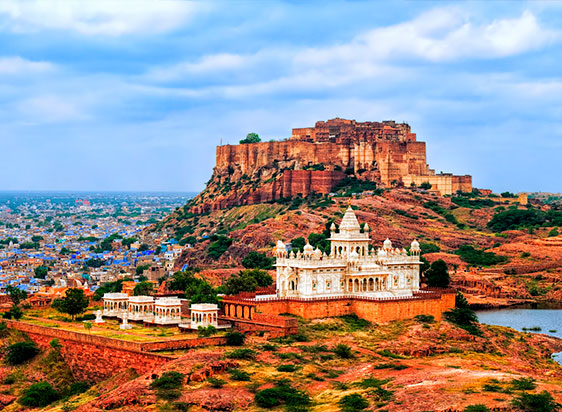
10 must-see places in Rajasthan
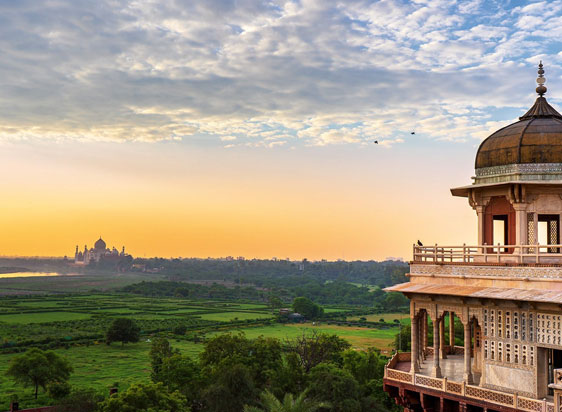
How to Reach Agra?
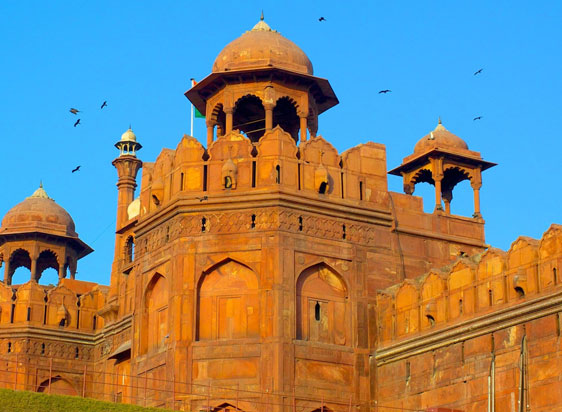
How to Reach Delhi?

How to Reach Jaisalmer?

How to Reach Udaipur?

How to Reach Jaipur?

Char Dham Yatra: A Journey of Faith and Spiritual Awakening in Uttarakhand

Places To Visit in Jaipur with Family
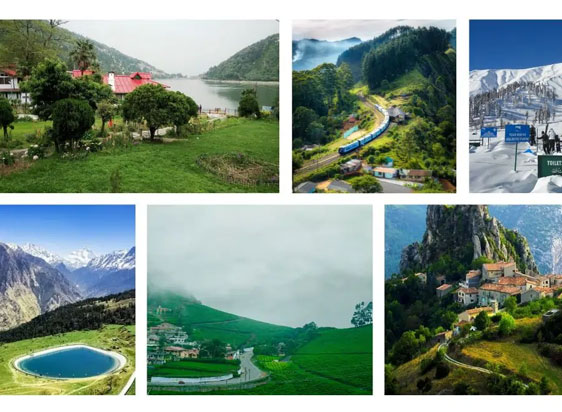
10 Hill Stations In India- Location, History, Timings, Images

India Gate Delhi – Location, History, Timings, Entry Fee, Images
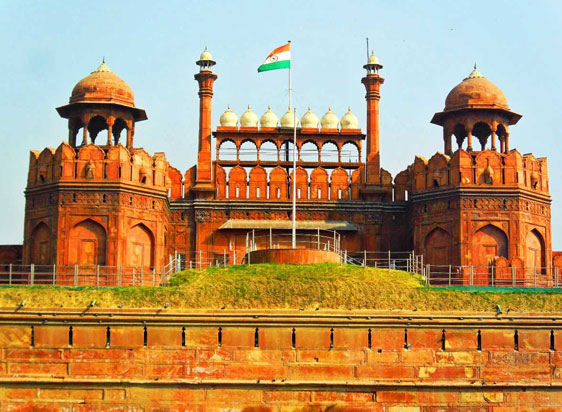
Red Fort – Old Delhi, Facts, Timings, History, Location

Golden Triangle Tour of Luxury and Budget-Friendly

Best Time to Visit the Golden Triangle: Seasonal Travel Guide

Akshardham Temple Delhi Timings, History, Entry Fee, Images, Aarti, Location & Phone Number

Best Ranthambore Tour Packages Itinerary

Best Jaisalmer Tour Packages Itinerary

Best Udaipur Tour Packages Itinerary

Best Jaipur Tour Packages Itinerary

Best Rajasthan Tour Packages Itinerary

How to pick the right India tour packages?

All India Tour Packages Cost: Exploring the Riches of Incredible India

Rajasthan Festivals Tour Guide

A Complete Travel Guide to Jaipur for IIFA 2025

IIFA 2025 Jaipur: Celebrating 25 Glorious Years of Indian Cinema / IIFA Awards 2025 Date, Venue, Tickets, Host, Transportation

Taj Lake Palace Udaipur

Eklingji Temple, Udaipur

Bagore ki Haveli, Udaipur

Most Popular Dishes to Try in North India Tour

Ranthambore National Park Safari

Moti Doongri Ganesh Temple Jaipur

Jawahar Kala Kendra Jaipur
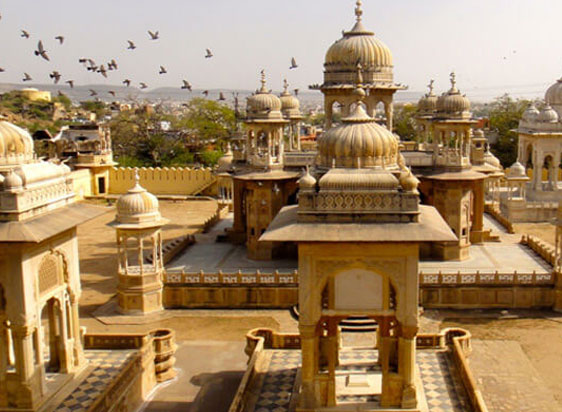
Gatore Ki Chhatriyan Jaipur – Entry Fee, Timing, Location

Albert Hall Museum Jaipur

Panna Meena ka Kund Jaipur
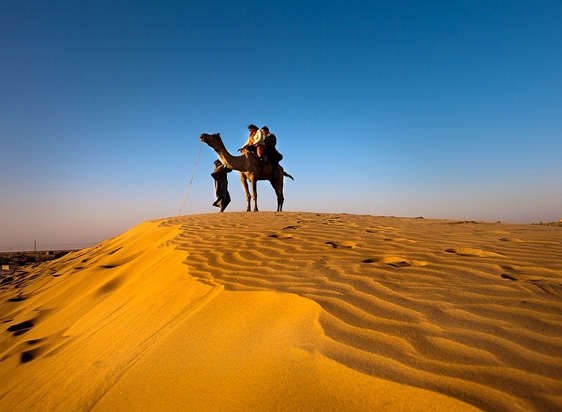
How to Book a Tour Guide in Jaisalmer?

How to Book a Tour Guide in Ajmer Pushkar?
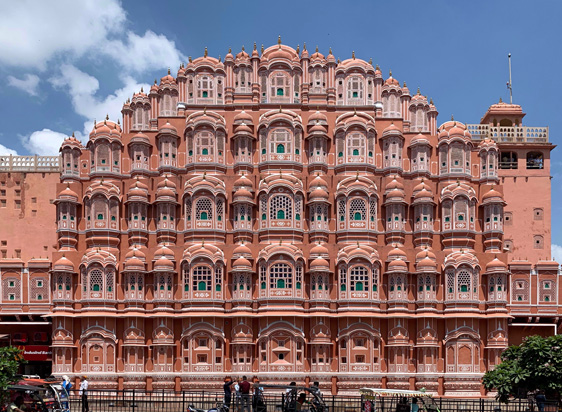
How to Book a Tour Guide in Jaipur?
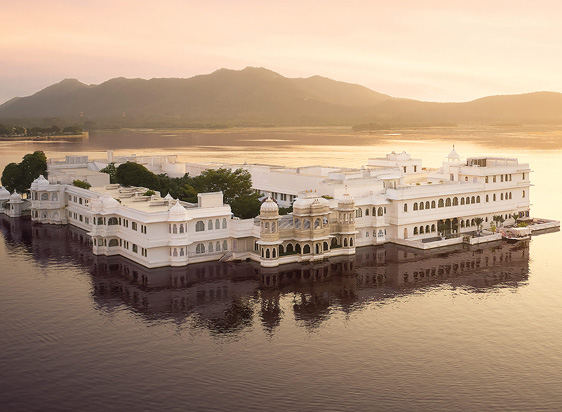
How to Book a Tour Guide in Udaipur?

How to Book a Tour Guide in Rajasthan?

Female tourist guide in Jaipur

Jaipur Solo Trip Package

These 7 spots will tell you why Rajasthan is the perfect spot for Glamping

7 Unforgettable Road Trips of Rajasthan

Film Shoot Locations in Jaipur

Jaipur Zoo Garden – Timings, Entry & Tickets Prices, and Things to See
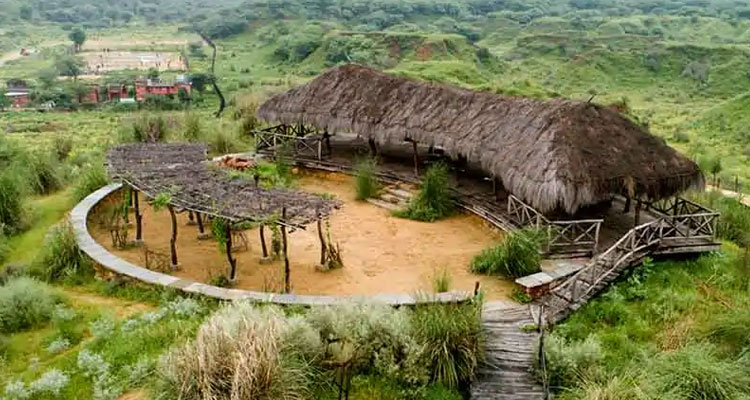
Kishan Bagh Jaipur – Entry Fee, Timings, Location

Jaipur Tourism: All you need to know

Johari Bazaar Jaipur: A Must-Visit Shopping Place

Chandra Mahal Jaipur

6 Exhilarating Road Trips From Jaipur That’ll Invoke Your Wanderlust Soul

Jaisalmer Nightlife: What To Do And See In The Golden City After Dusk Falls

Places To Visit in Udaipur At Night

Top 10 Winter Honeymoon Destinations in Rajasthan to Make Memories with Your Loved Ones

10 Best New Year Destinations in Rajasthan

Nahargarh Fort Jaipur – History, Architecture, Timing, Entry Fee, Attractions, Lesser-Known Facts

Tips for Solo Female Travelers in Rajasthan

Discover the Unseen Places in Rajasthan

Best Monsoon Tour Packages of Rajasthan

12 Reasons Why I Absolutely Loved Rajasthan

Rajasthan Cultural Holidays

Best One Day Trips in Rajasthan

Birla Mandir Jaipur – History, Architecture, Timing, Entry Fee, Attractions, Lesser-Known Facts
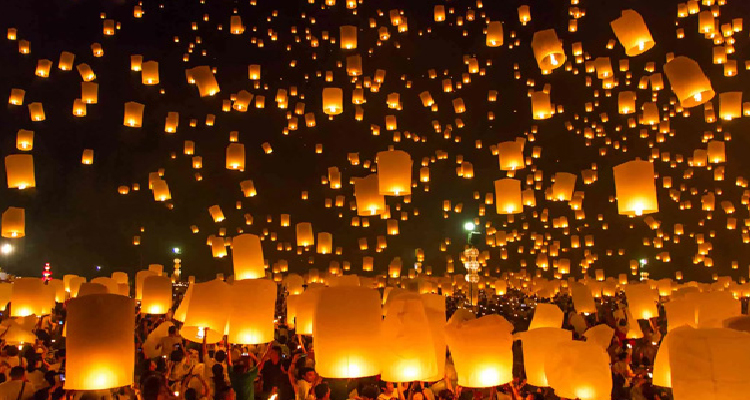
Top 7 Destinations in India to Celebrate New Year 2024

Jaipur Travel Tips
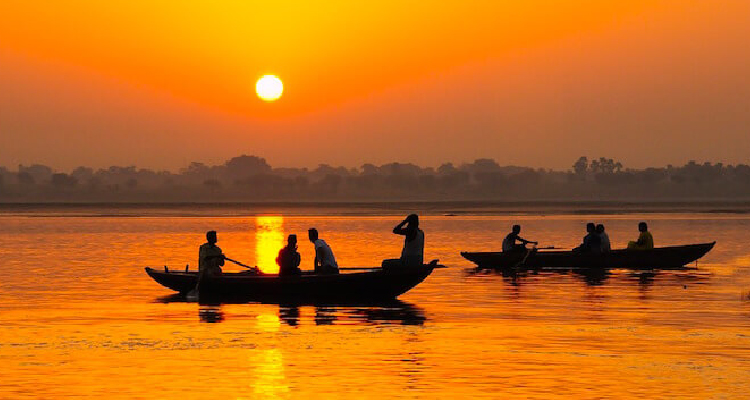
7 Amazing Things to Do and See in India in 2023-24
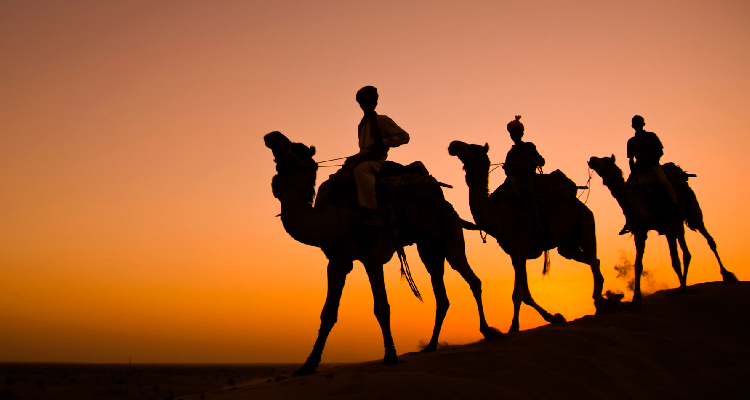
The Ideal Rajasthan Itinerary

Places to visit near Jaipur for 2 days

India's Top 10 UNESCO WORLD heritage sites

Royal Experiences in India to Make You Feel Like Maharajas in 2023-24
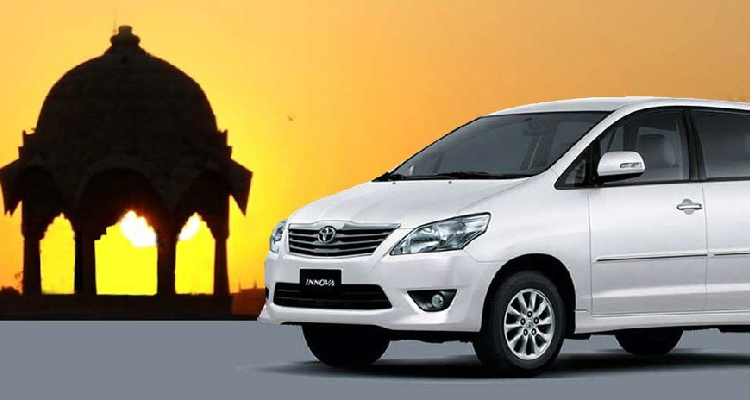
Jaipur Tour by Private Car and Driver

Luxury Travel India: Explore the best Luxury India Tour in one go
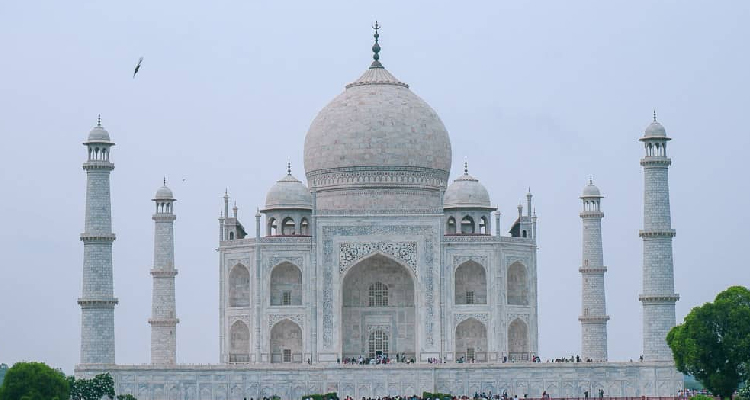
A Complete Guide to India Golden Triangle

How To Choose The Best Taxi Service in Jaipur for Sightseeing

The Ultimate Rajasthan Family Vacation: A Comprehensive Guide

Hawa Mahal: About, Time, History, Activities, Entry Fee

Chokhi Dhani Resort: About, Time, History, Activities, Entry Fee

JLF 2025: Jaipur Literature Festival, Dates, Lineup, Tickets
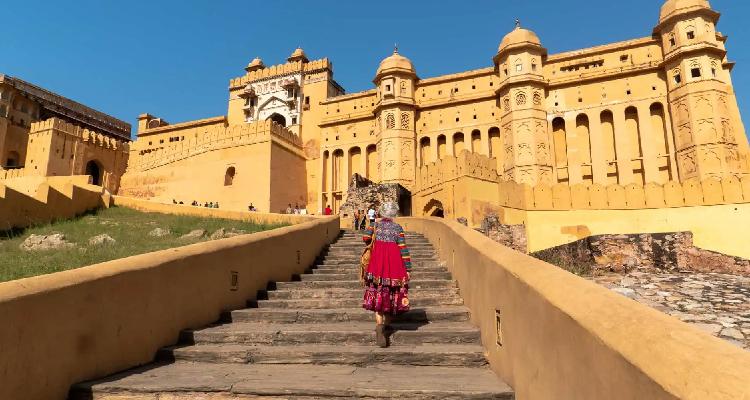
Planning a Rajasthan Family Adventure: Tips and Tricks

Jaipur Tour Guide
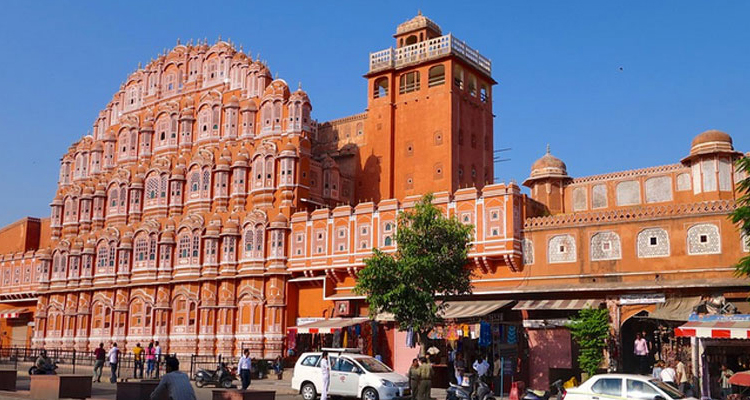
2 Days Jaipur Sightseeing Tour

Shopping Paradise: A Guide to the Vibrant Bazaars of Jaipur

Discover Rajasthan with Kids: Top Family-Friendly Destinations

Luxury Cars in Jaipur for That Special Occasion

Top 10 Popular Temples To Visit In Jaipur
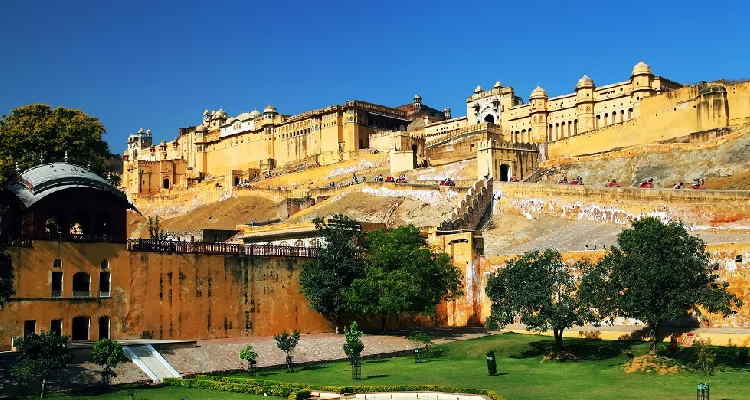
Rajasthan's Kid-Friendly Palaces and Forts: A Historical Adventure for the Family

Amber Fort: About, Time, History, Activities, Price

B2B Travel Company in Rajasthan
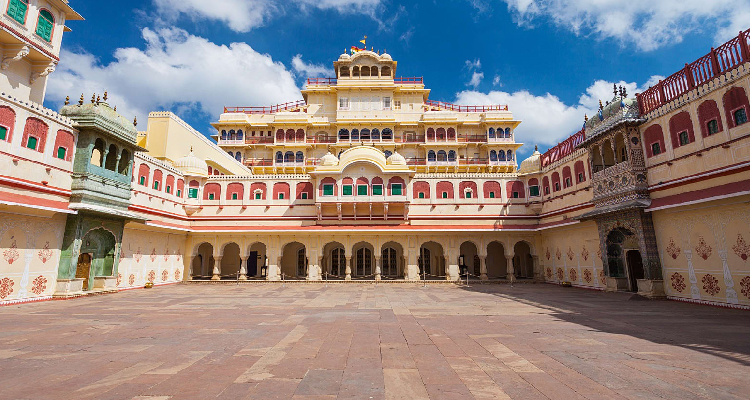
Unique Experiences to Enjoy in Jaipur

Family Fun in Jaipur: Exploring the Pink City with Children

Jaipur Shopping Guide: Best Things to buy and Shopping Places in Jaipur

Udaipur Unplugged: Family-Friendly Activities by the Lake

Jantar Mantar: About, History, Activities, Time, and Entry Fees

Wildlife Encounters in Rajasthan: A Family Safari in Ranthambore
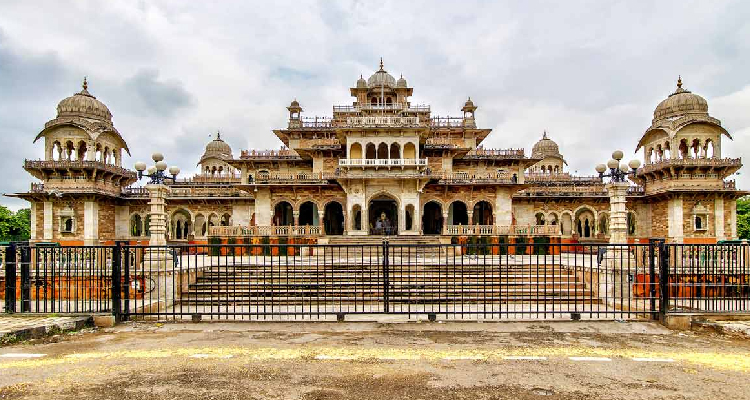
Albert Hall Museum: About, History, Activities, Time, and Entry Fee

Places to visit in Rajasthan

Top 7 Travel Destinations In Rajasthan For A Relaxing Trip In Winter 2022

Jaipur Food Tour

Rajasthan's Festivals for Families: Experiencing the Vibrant Culture Together

Jaipur Amber Fort: The Completer Tour Guide

Jaipur Tour By Tempo Traveller

Rajasthan's Royal Cuisine: Family Food Adventures

Exploring the Aravalli Hills: Family Trekking and Nature Walks

Amer Fort Light and Sound Show 2025

2 Days In Jaipur: Discover The Best Of Pink City In 48 Hrs

Hire Taxi in Jaipur

Jaipur Travel Guide: All You Need To Know For Planning Holiday in Jaipur
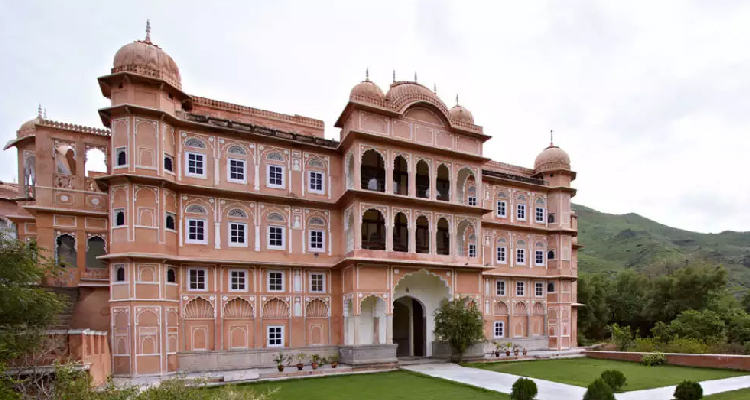
Heritage Hotels in Rajasthan: Unique Stays for the Whole Family
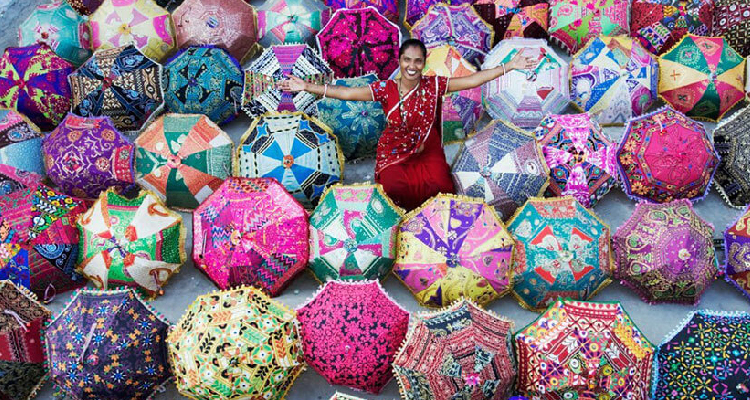
Crafting Memories: Family Art and Craft Experiences in Rajasthan

Wedding Car Rental in Jaipur

Top 10 Places to visit in Rajasthan in Winter
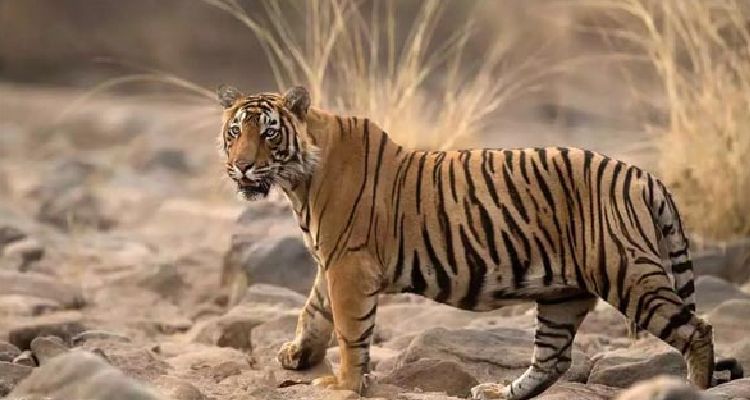
Discover These 5 Wildlife Sanctuaries Around Jaipur To Go On A Holiday Full Of Thrill!

Education Rajasthan Tour: An Ultimate Experience For Kids

Rajasthan Tour by Tempo Traveller

Hot Air Balloon Rides in Rajasthan: A Family Adventure in the Skies

Jaipur Airport Taxi

Golden Triangle Travel Guide
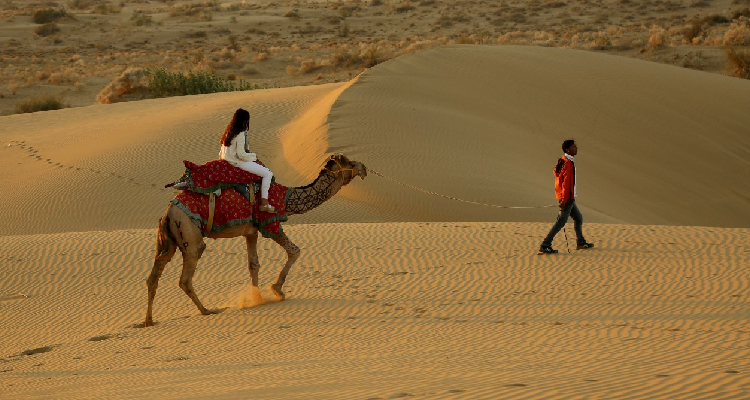
Camel Riding and Desert Camps: Family Adventures in the Thar Desert

Same-Day Tour to Jaipur

Shopping with the Family: Souvenirs and Local Markets in Rajasthan

7-Day Trip to Rajasthan

Festivals in Rajasthan

Rajasthan Luxury Tour by Car

Jaipur Like a Local: Experiencing the City Through Local Activities

Family Road Trip: Navigating Rajasthan's Scenic Routes

10 Luxury Stay in Rajasthan

Rajasthani Folk Tales: Storytelling Sessions for Children

Famous Foods of Rajasthan You Must Try on Your First Trip
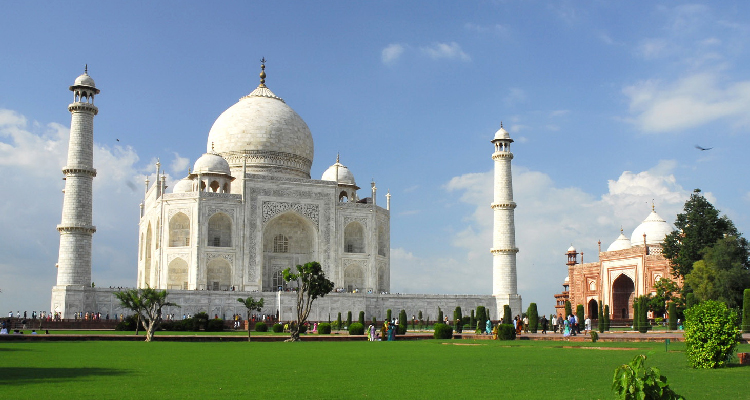
Places to visit On Golden Triangle Tour
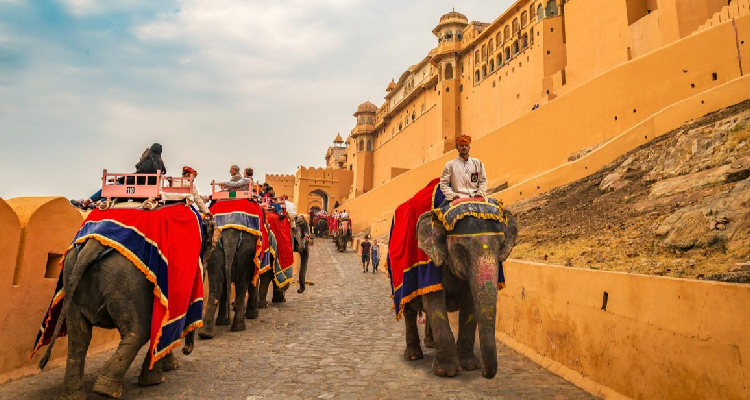
B2B Travel Company in Jaipur

How can I spend 3 days in Jaipur

How to Plan Your Rajasthan Tour

Jaipur Budget-Friendly Tour: The Best Way to Explore

Taxi in Jaipur

Unveiling the Pink City: A Historical Tour of Jaipur
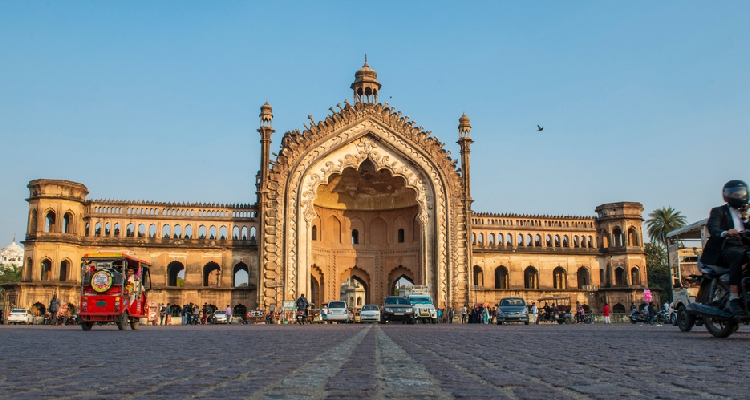
Places to visit in Ayodhya

Why is Jaipur known as Pink City

Taxi Services in Jaipur

Places to visit near Ayodhya
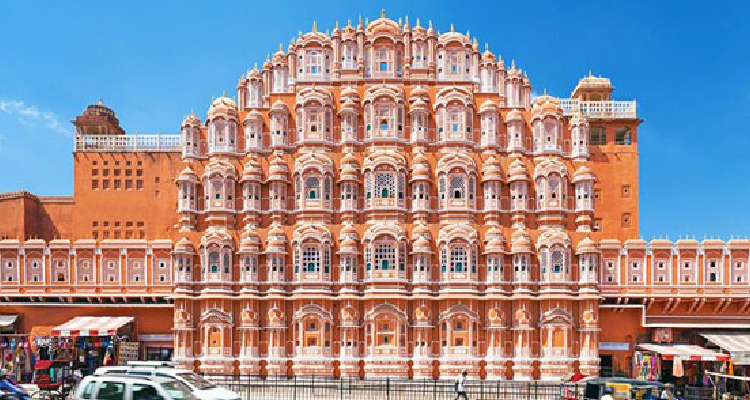
Attractive Places to Visit Near Jaipur in One Day

Timing & fees for visiting Jaipur monuments

Places to Visit in Jaipur in Winters
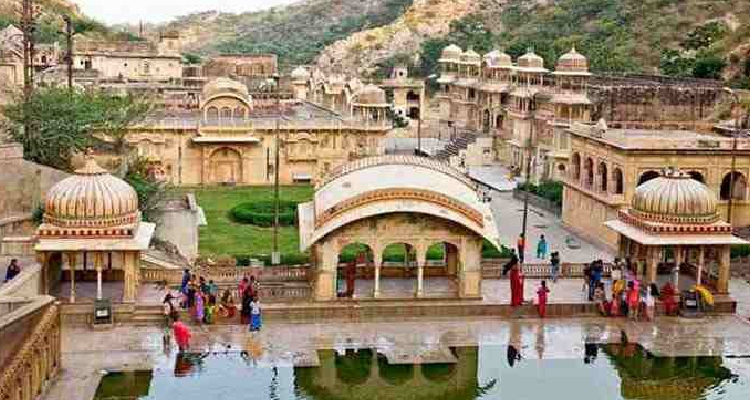
Jaipur Sightseeing Tour

Ayodhya Shopping Guide
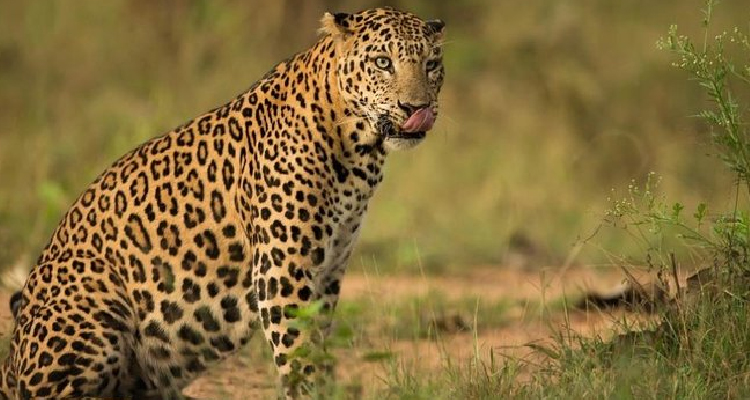
Jhalana Leopard Safari Price

Planning Your Golden Triangle Tour by Car
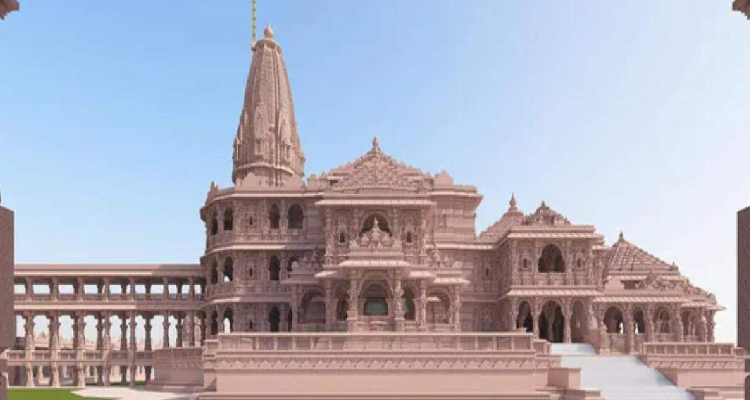
Ram Mandir Tour Guide (Ayodhya Tour Guide)

Rajasthan's Puppet Show and Folk Entertainment: A Delight for Kids

Jawai leopard Safari: Plan a memorable Wildlife Trip from Jaipur

Places to Visit Rajasthan in December
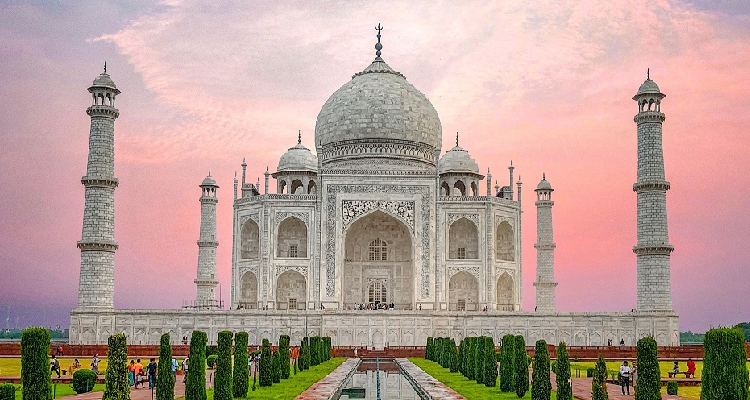
Taj Mahal Agra: Timings, History, Entry Fee, Images, Built by & Information
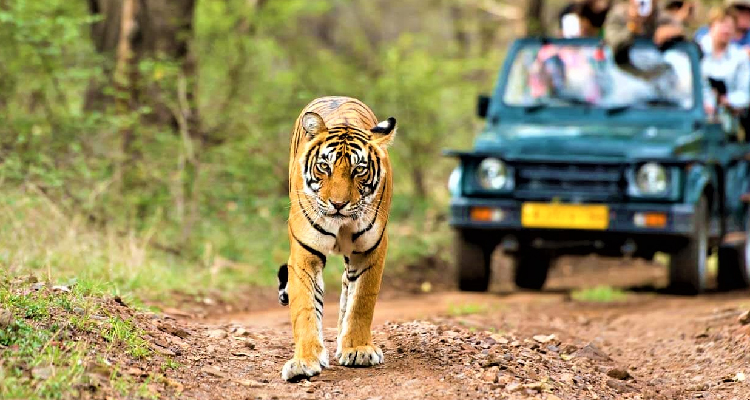
Best Wildlife Sanctuaries Around Jaipur

Tips to plan Jaipur Tour Packages
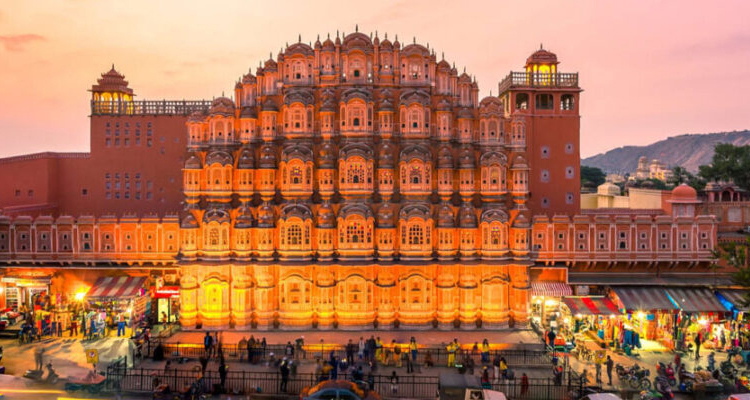
One Day Jaipur Local Sightseeing Tour Package by Car
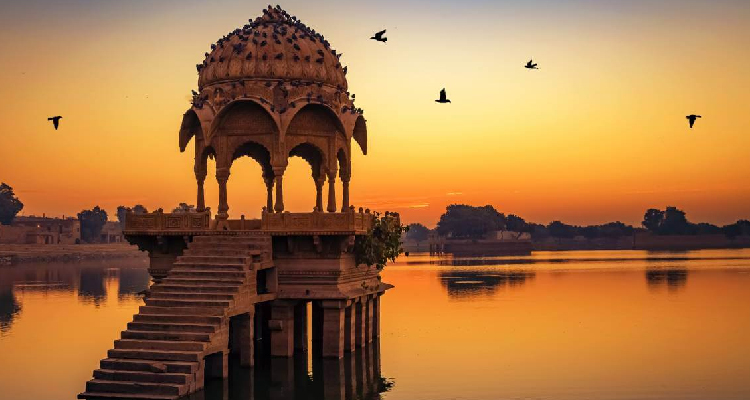
Most Popular Weekend Gateways From Jaipur

Chokhi Dhani Village Jaipur Package - Entry Fee, Timings 2023
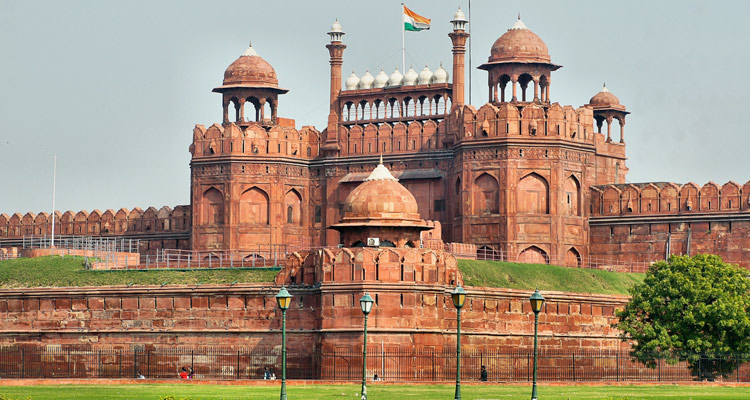
Red Fort / Lal Kila Delhi (Entry Fee, Timings, History, Built by, Images & Location

Best Honeymoon Destination in Rajasthan

10 Things To Do In Jaipur

Rajasthan Travel Guide: Places to visit, Best time to visit, How to reach, etc.
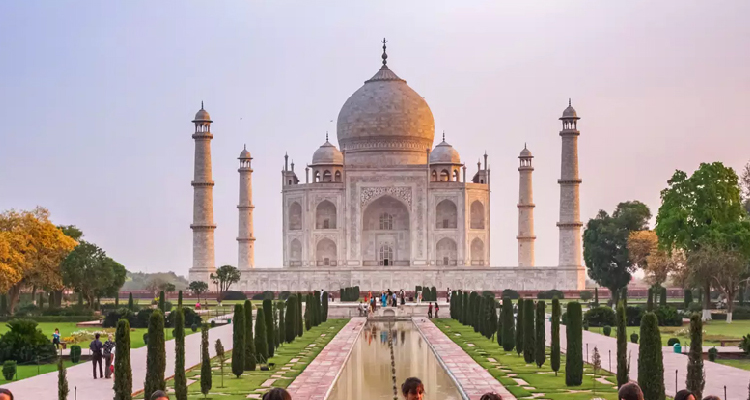
Jaipur Agra Same Day Tour

Best Time To Visit Jhalana Leopard Safari – Jaipur

Rajasthan Shopping Guide

7 Best Places To Visit Near Jaipur On A Same-Day Tour

How To Plan A Jaipur Trip?
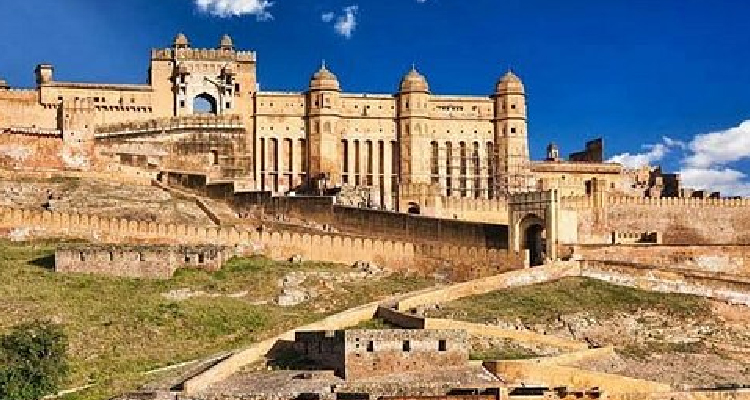
Top 68 Places to Visit in Jaipur
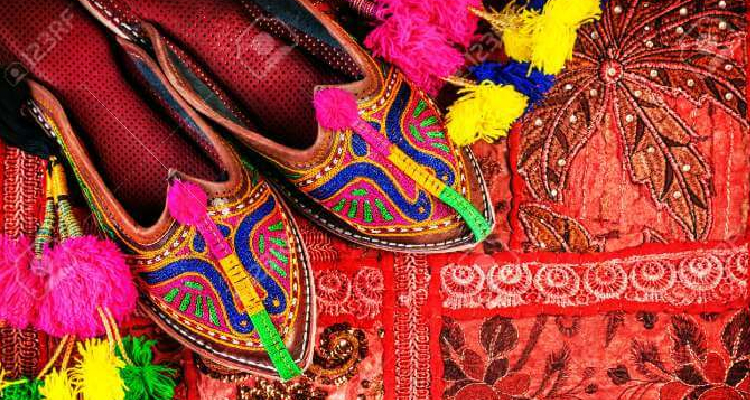
Best Shopping Places in Jaipur
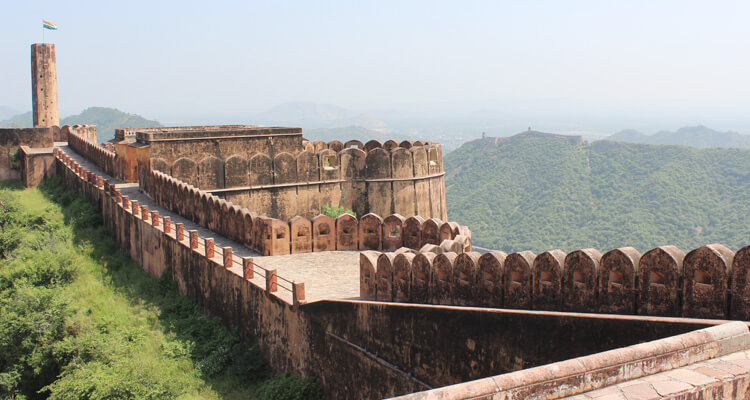
Jaigarh Fort, Jaipur (2024): Timings, Entry Fee, History
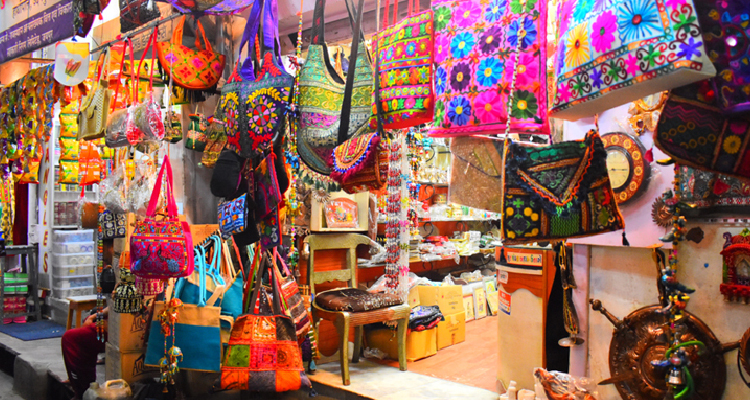
7 Things To Shop In The Jaipur Shopping Tour
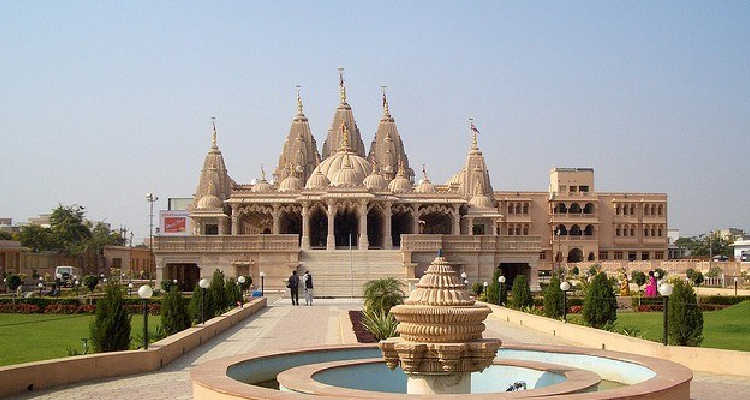
Akshardham Temple Jaipur

Luxury Car Rental in Jaipur
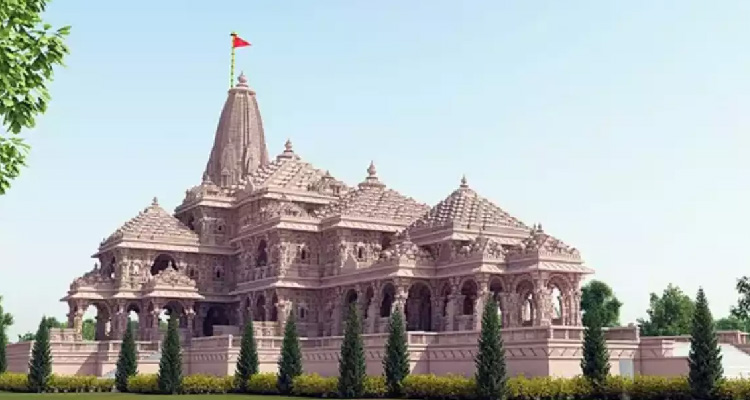
Architectural Marvels of Ayodhya: Heritage of Temples and Palaces

Planning Your Ayodhya Expedition: Travel Tips and Local Insights
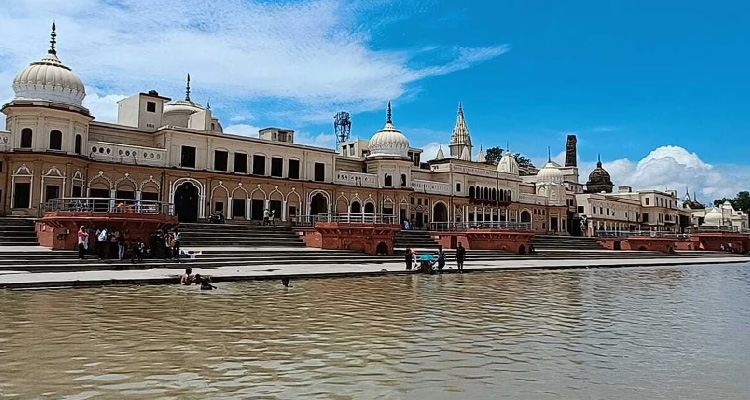
Heritage Walk: Unveiling Ayodhya's Historical Treasures

Exploring Ayodhya Beyond the Ram Mandir: Hidden Gems and Local Delights
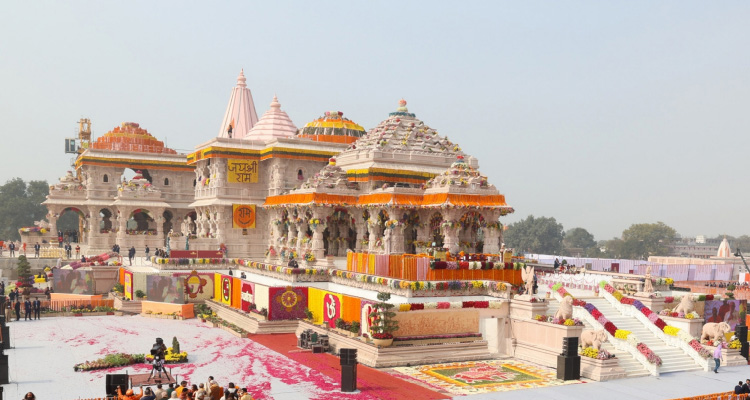
Things to do in Ayodhya

Call Our Customer Care Executive. We Are Available 24x7 Just Dial.
91-9166497735